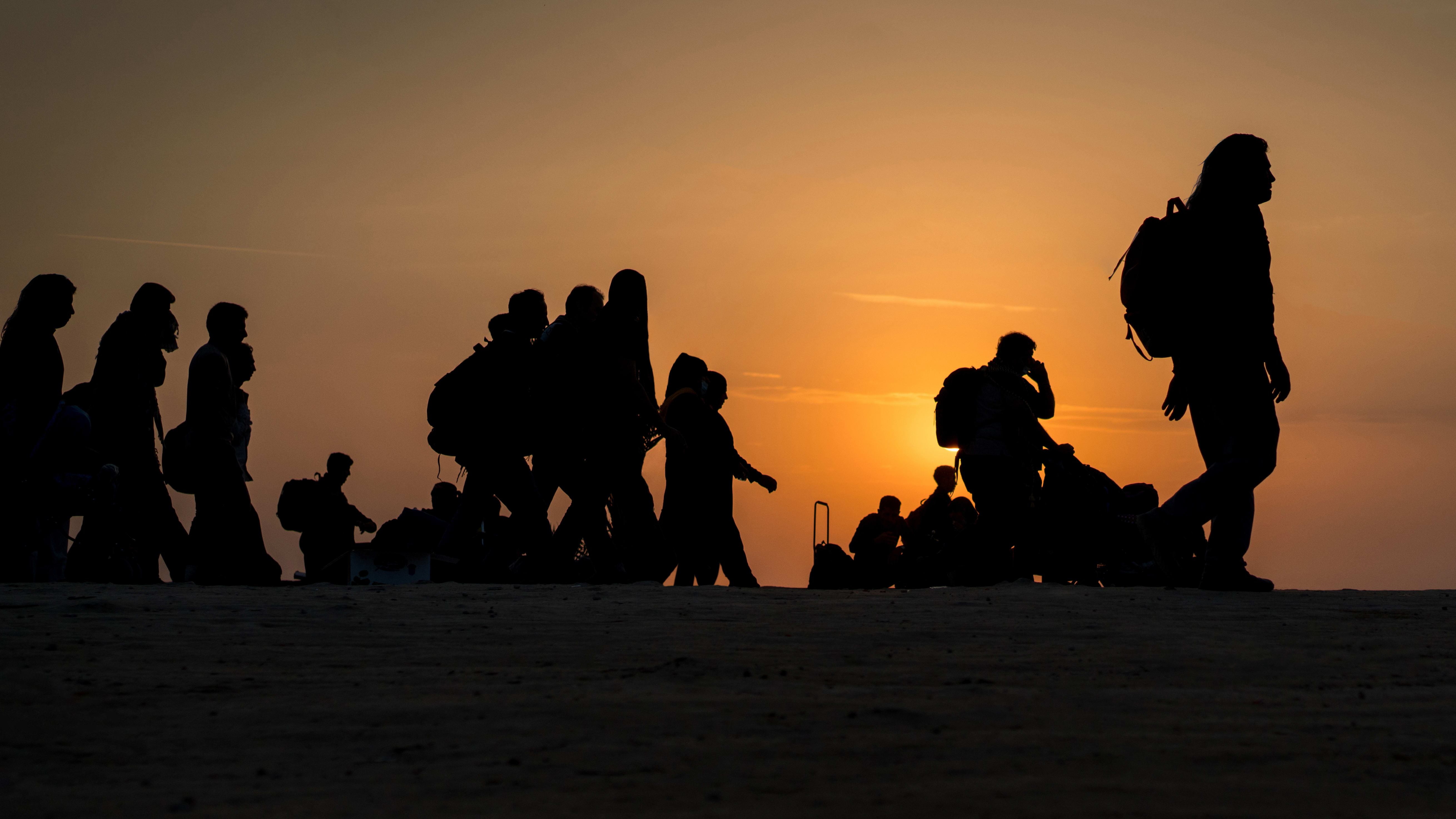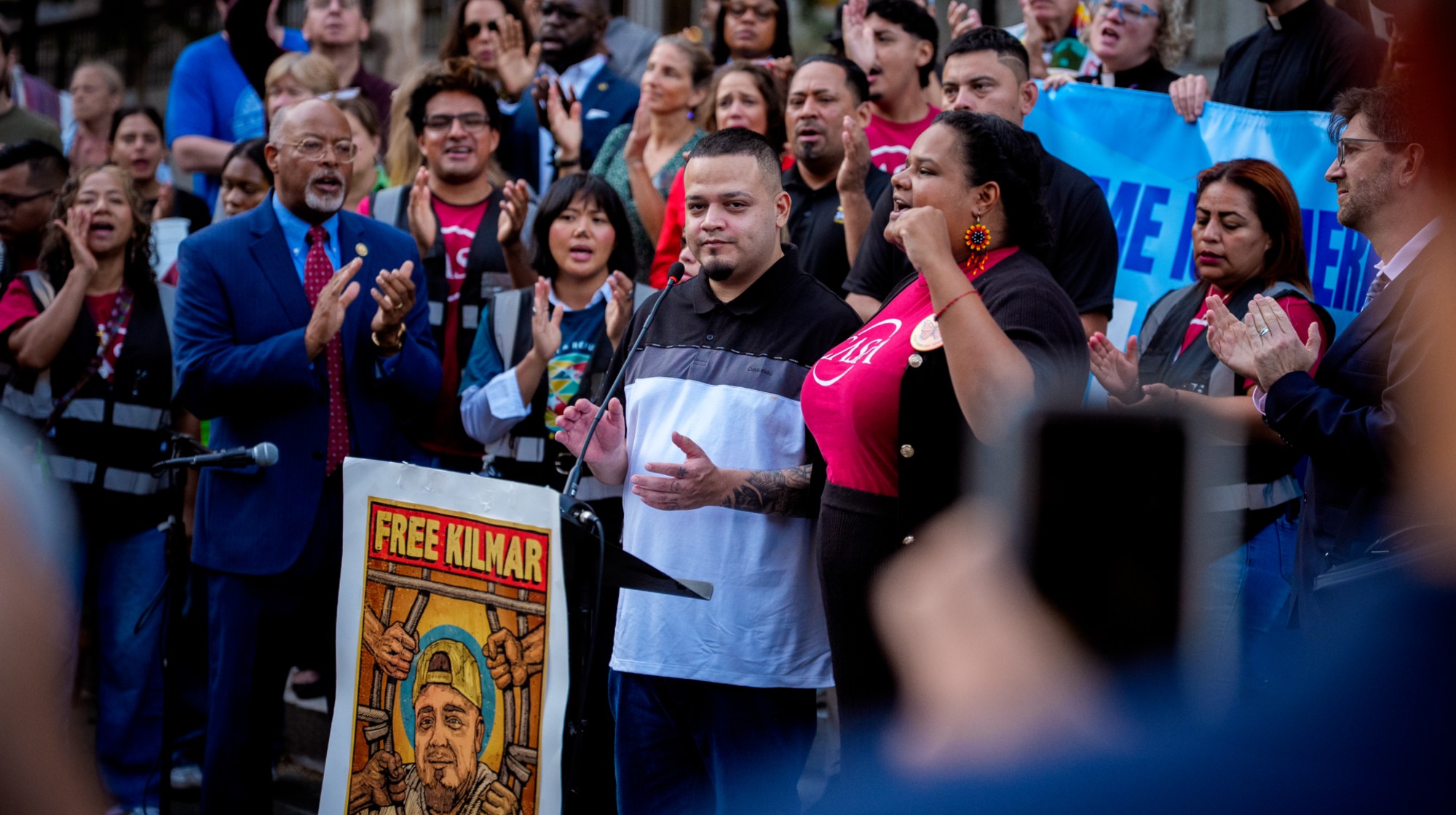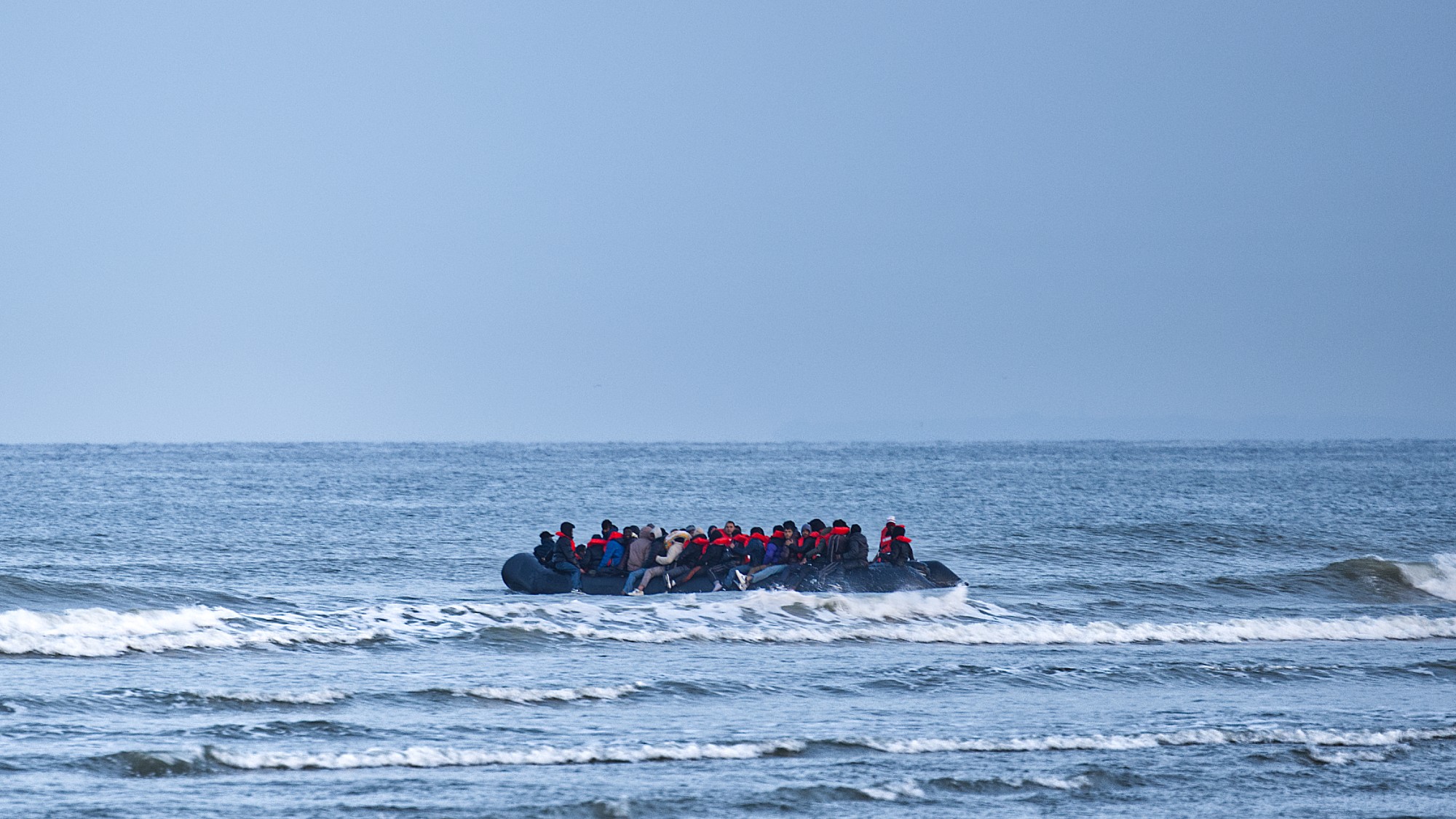The asylum seekers
Many migrants coming to the U.S. border are now legally applying for asylum, creating a backlog of 660,000 cases

Many migrants coming to the U.S. border are now legally applying for asylum, creating a backlog of 660,000 cases. Here's everything you need to know:
What is asylum?
It is an immigration category for people who face threats in their home countries. The Refugee Act of 1980, which was based on United Nations protocols the U.S. had previously signed, officially authorized the admission to the U.S. of people fleeing "persecution or a well-founded fear of persecution on account of race, religion, nationality, membership in a particular social group, or political opinion." Since that legal definition of "persecution" was established, federal officials have expanded it to include gang violence, homophobic repression, and forced abortions under China's One Child Policy. Most migrants now arriving at the U.S. southern border come from Central America, a region plagued by lawlessness, extreme poverty, and drug-related gang violence. Another growing share of refugees are fleeing repressive socialist regimes in Cuba, Nicaragua, and Venezuela, including most of the 50 migrants Florida Gov. Ron DeSantis recently flew to Martha's Vineyard. Most asylum seekers cannot have their claims quickly processed at the border, and are released into the U.S. to await legal proceedings. There is now a backlog of more than 660,000 cases, and it can take four or more years for claims to be heard. "The system," said former U.S. immigration chief Doris Meissner, "is deeply broken."
How does the process work?
Migrants first undergo a "credible fear" interview, in which they explain the nature and severity of the threats they face if deported. Migrants who pass that interview can apply for asylum and move on to the next stage: the "asylum merits" interview. Failure to clear both rounds triggers the deportation process, though a migrant has multiple chances to appeal. Asylum applications can either be "affirmative," at the applicant's first contact with immigration authorities, or defensive, usually after a migrant has been apprehended by Immigration and Customs Enforcement. Asylum seekers are generally held in detention centers or monitored through electronic devices, with frequent required check-ins.
The Week
Escape your echo chamber. Get the facts behind the news, plus analysis from multiple perspectives.

Sign up for The Week's Free Newsletters
From our morning news briefing to a weekly Good News Newsletter, get the best of The Week delivered directly to your inbox.
From our morning news briefing to a weekly Good News Newsletter, get the best of The Week delivered directly to your inbox.
Do most claims succeed?
No. Last year, judges denied 63 percent of asylum claims. Acceptance and denial rates vary dramatically among judges and jurisdictions: While more than half of asylum applications are approved in some New York immigration courts, in Atlanta's, at least 97 percent are denied. Judges have discretion in deciding whether the migrant has demonstrated with substantial evidence that coming to the U.S. was the only way to escape persecution. That standard can be difficult to meet, especially if the applicant is not a legally oppressed minority or the persecutor is a nonstate actor such as a gang or abusive husband. Some claims fail on their cases' merits, others on technicalities, such as a paperwork error or a missed hearing; migrants are not provided lawyers, and those representing themselves usually lose their cases.
What was Trump's asylum policy?
His administration sought to discourage and block asylum claims. In 2018, Customs and Border Protection introduced the "Remain in Mexico" program, which forced overland asylum seekers to wait south of the border — mostly, in squalid tent cities and shelters plagued by disease and violence. In March 2020, the administration cited COVID to invoke Title 42, a 1944 public health directive that allows border agents to deny entry and immediately deport migrants coming from areas with outbreaks of infectious disease. More than 2 million instant expulsions have taken place under Title 42. During his presidential campaign, Joe Biden promised to "end Trump's detrimental-asylum policies" and ensure "the dignity of migrants."
What has Biden done?
After a long court battle, his administration terminated "Remain in Mexico" in June. It has also loosened Title 42's restrictions, but a court ruling in May prevented it from being lifted entirely. A pilot program announced in March will surge asylum officers to the border so that cases can be decided within 90 days, but it hasn't been widely implemented yet. During Biden's tenure, more than 1 million migrants have been temporarily allowed into the U.S. (while 1.7 million were turned away at the border), further overwhelming the country's immigration bureaucracy.
Are there other solutions?
The Biden administration has been working with countries in the Western Hemisphere to tackle the "root causes" of migration, but the violence, corruption, and economic instability in countries such as El Salvador and Honduras will not be easily improved. Conservatives argue that the U.S. should have a stricter standard for asylum that excludes factors such as violent crime and poverty. Otherwise, they say, tens of millions of people in this hemisphere would qualify for asylum — an influx far too large for the U.S. to handle. Progressives contend that granting asylum is a humanitarian imperative and a potential economic boon for a country with major shortages of low-skilled workers in many industries. Nearly everyone agrees that the U.S. immigration system is in dire need of a major overhaul. Meanwhile, asylum seekers like Adri Fernández await decisions about whether they can stay. Fernández says he made the arduous journey from Venezuela to pursue "the American dream, which is to work hard and lift your back." His first hearing will be in March 2024.
A free daily email with the biggest news stories of the day – and the best features from TheWeek.com
Keeping track of asylum seekers
Nearly 26,000 immigrants were living in ICE detention centers in September. About 300,000 more are part of the Alternatives to Detention program, a probation-like monitoring system that has doubled in size under the Biden administration. Migrants complete daily or weekly check-ins with immigration officers. Some wear GPS-tracked ankle monitors. Others receive special phones equipped with facial-recognition technology for check-ins. In April, three immigration advocacy groups sued ICE over the devices, seeking to uncover how their data is used and shared. Migrants complain the phones require constant charging and are glitchy, threatening their ability to remain in good standing with authorities. One told CNN that when he first used the check-in app, it displayed multiple error messages and then a "two attempts remaining" warning before it finally accepted his photo. "It scared me," he said. "I can't go back to Cuba."
This article was first published in the latest issue of The Week magazine. If you want to read more like it, you can try six risk-free issues of the magazine here.
-
 ‘Care fractures after birth’
‘Care fractures after birth’instant opinion Opinion, comment and editorials of the day
-
 US citizens are carrying passports amid ICE fears
US citizens are carrying passports amid ICE fearsThe Explainer ‘You do what you have to do to avoid problems,’ one person told The Guardian
-
 Bari Weiss’ ‘60 Minutes’ scandal is about more than one report
Bari Weiss’ ‘60 Minutes’ scandal is about more than one reportIN THE SPOTLIGHT By blocking an approved segment on a controversial prison holding US deportees in El Salvador, the editor-in-chief of CBS News has become the main story
-
 Homeland Security Secretary Kristi Noem might not be long for Trumpland
Homeland Security Secretary Kristi Noem might not be long for TrumplandIN THE SPOTLIGHT She has been one of the most visible and vocal architects of Trump’s anti-immigration efforts, even as her own star risks fading
-
 Abrego García freed from jail on judge’s order
Abrego García freed from jail on judge’s orderSpeed Read The wrongfully deported man has been released from an ICE detention center
-
 $1M ‘Trump Gold Card’ goes live amid travel rule furor
$1M ‘Trump Gold Card’ goes live amid travel rule furorSpeed Read The new gold card visa offers an expedited path to citizenship in exchange for $1 million
-
 ECHR: is Europe about to break with convention?
ECHR: is Europe about to break with convention?Today's Big Question European leaders to look at updating the 75-year-old treaty to help tackle the continent’s migrant wave
-
 The Trump administration says it deports dangerous criminals. ICE data tells a different story.
The Trump administration says it deports dangerous criminals. ICE data tells a different story.IN THE SPOTLIGHT Arrest data points to an inconvenient truth for the White House’s ongoing deportation agenda
